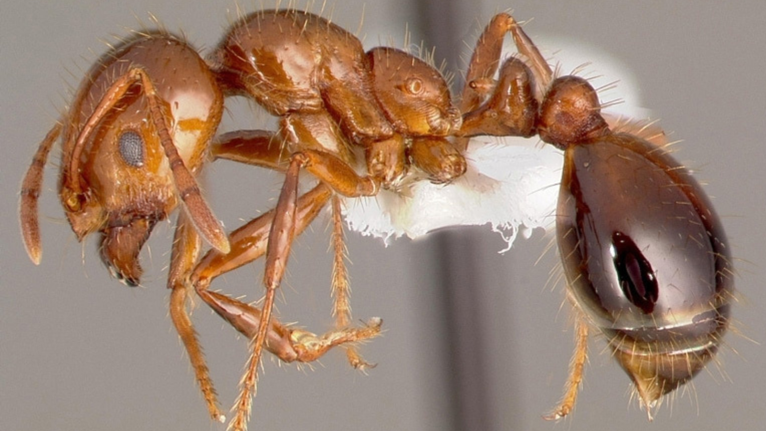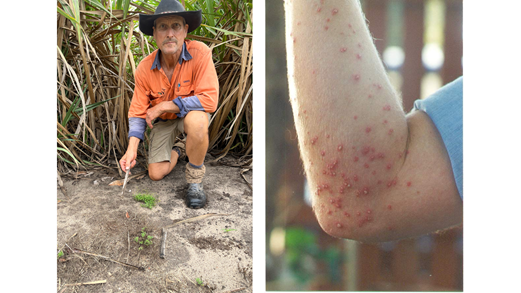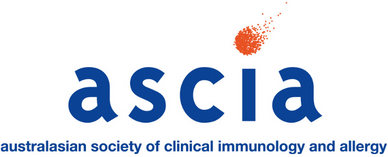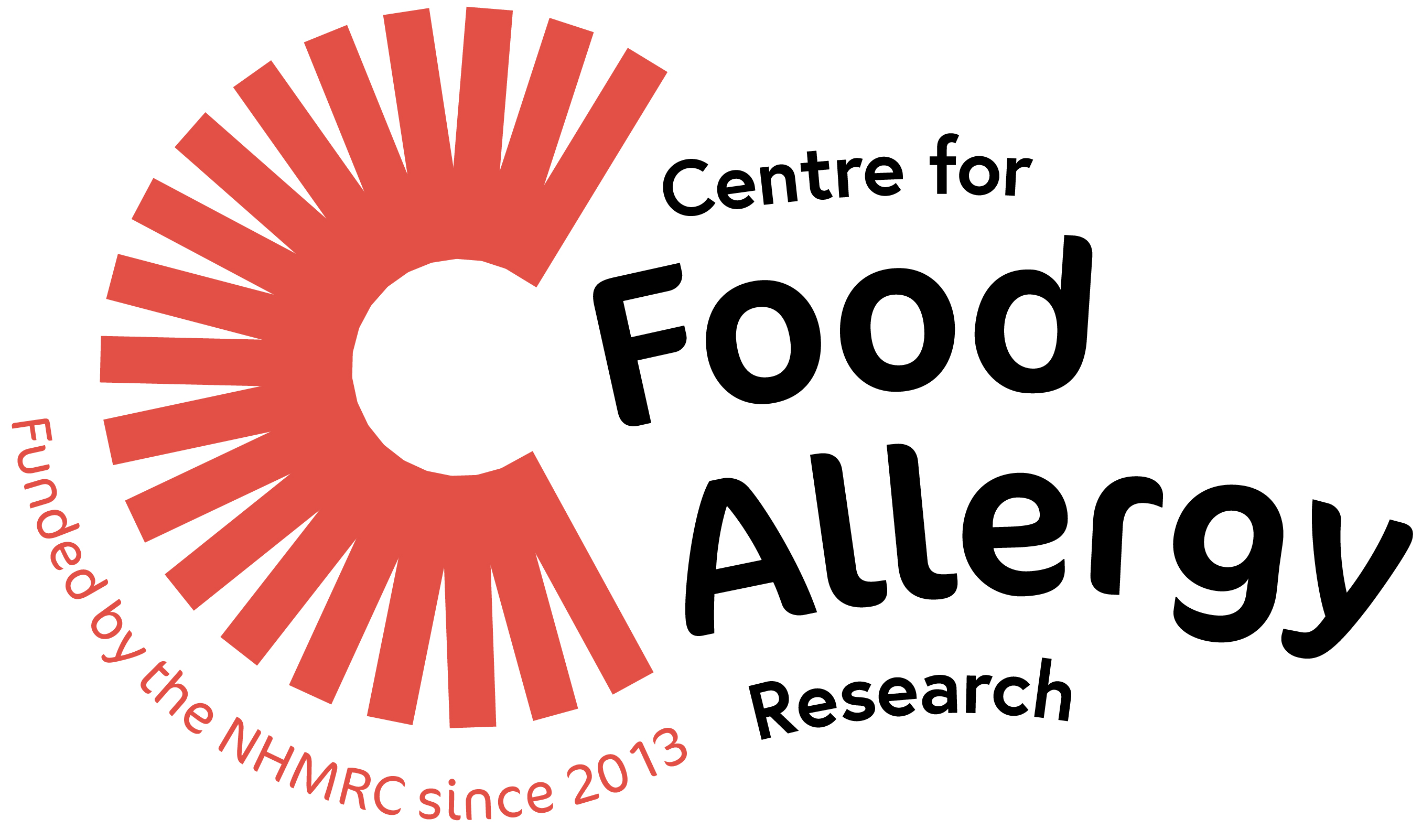Call for widespread eradication program to reduce allergy risks from red imported fire ants
- Published
- Monday, March 4, 2024 - 8:00 AM

Key points:
- Concern for children and families in red imported fire ant infested communities
- Up to 174,000 Australians may develop allergic reactions if red imported fire ants reach an endemic scale
- National Allergy Centre of Excellence (NACE) and Allergy & Anaphylaxis Australia (A&AA) experts will call for a widespread eradication program at a Senate inquiry on March 5.
National allergy bodies and families in regions infested with red imported fire ants are calling for a widespread eradication program to reduce health risks, including severe allergic reactions.
Experts from the National Allergy Centre of Excellence (NACE) and Allergy & Anaphylaxis Australia (A&AA) will address a Senate inquiry in Newcastle on March 5 into the cost and impact of red imported fire ants.
 Professor Sheryl van Nunen (right), NACE insect allergy researcher, said the agricultural pests have rapidly spread across Queensland and New South Wales since the first colony was detected 23 years ago in Brisbane.
Professor Sheryl van Nunen (right), NACE insect allergy researcher, said the agricultural pests have rapidly spread across Queensland and New South Wales since the first colony was detected 23 years ago in Brisbane.
“Global research shows about one third of people living in red imported fire ant endemic areas are stung each year,” she said. “A quarter of those develop allergic sensitisation, and up to two per cent experience a systemic allergic reaction, which can range from hives to anaphylaxis.”
The aggressive ants, originally from South America, move in colonies of up to 250,000 and swarm, simultaneously stinging people multiple times. The stings are painful with the ants alkaloid venom causing a burning sensation and blisters.
The NACE and A&AA’s submission to the inquiry calls for urgent funding to ramp up existing suppression efforts with:
- Permanent biosecurity surveillance to immediately identify red fire ant incursions
- Improved healthcare to better treat and manage patients
- Greater public health awareness campaigns.
Maria Said, A&AA Chief Executive Officer, said if RIFA were to become endemic in Australia, up to 174,000 people may develop allergic reactions, which would require medical attention leading to mounting healthcare costs.
“GPs or pharmacists are called on to treat local reactions, while systemic reactions including anaphylaxis require ambulance and hospital care,” she said. “We also need to consider the impact on quality of life of those who are stung, which can span mental health impacts, disability and premature death in rare cases.”
Cameron Moore, of New Beith, Queensland, experienced the aggressive behaviour of the ants when he was stung multiple times after accidently stepping on a nest while watering his garden earlier this summer.
“I was wearing thongs at the time and within 10 minutes both feet were covered in red, burning welts,” he said. “An hour or so later, the stinging sensation stopped and my feet started swelling.”
Cameron needed to take antihistamines for five days to help reduce his symptoms.
“Twice in the last year my children’s primary school in the Brisbane City Council area closed off the school oval because of fire ant nests,” he said. “The risk of children being stung at schools, local parks or in their own backyard and having an allergic reaction is a real concern.”
To help protect his family and pets, Cameron now baits the ants every three months on his property. “I don’t think people realise the consequences of what the future looks like if this gets out of control,” he said.
 Greg Zipf (left), a sugar cane grower at Rocky Point, Queensland, and fellow farmers have also been proactively baiting the pest with support from the Queensland Government’s Fire Ants Suppression Taskforce (FAST), but said the goal should be eradication rather than suppression.
Greg Zipf (left), a sugar cane grower at Rocky Point, Queensland, and fellow farmers have also been proactively baiting the pest with support from the Queensland Government’s Fire Ants Suppression Taskforce (FAST), but said the goal should be eradication rather than suppression.
“We first noticed the ants on our property in the mid 2000s, since then we’ve seen a gradual spread across the whole district,” he said.
“This has reached a grand scale now and threatens our agriculture and tourism industries. We need greater education about the impact these ants will have in the future if we don’t take a holistic approach to addressing it now.”
(Hero image supplied by Invasive species council)
Read more on ABC News:
- Fire ant bites could see Australians develop severe allergic reactions if pests become endemic - by Melanie Vujkovic
- Extra half-a-billion dollars being spent in attempt to eradicate red imported fire ant - by Adam Harvey
Media contact:
Harriet Edmund
National Allergy Centre of Excellence Communications Manager
E: harriet.edmund@mcri.edu.au





